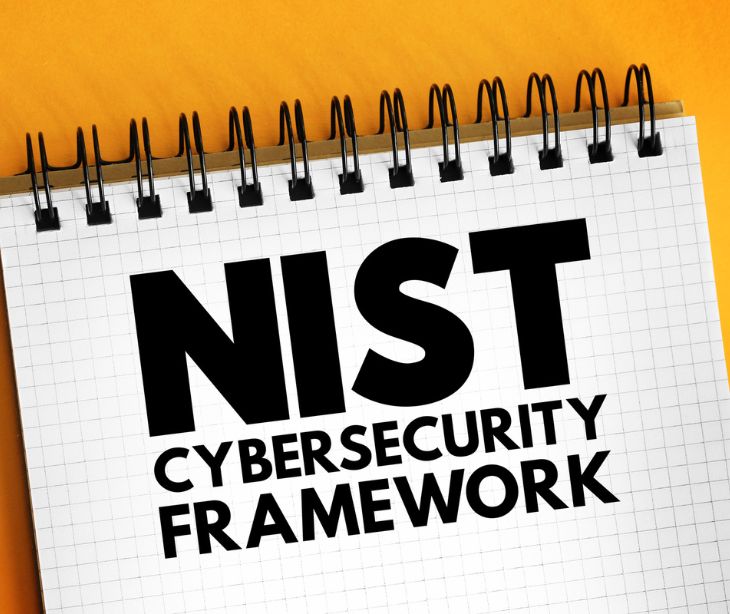
The Nationwide Privacy and Security Framework for Electronic Exchange of Individually Identifiable Health Information (known as the Privacy and Security Framework for short) shares similarities with HIPAA in how it protects patient data. By following these principles, healthcare providers have the assurance of HIPAA compliance as well as additional safeguards for the privacy of their patients.
Nationwide privacy and security framework for the electronic exchange of individually identifiable health information
What is the Privacy and Security Framework?
The Privacy and Security Framework outlines principles to ensure the safe and privacy-focused exchange of electronic health data within the U.S. healthcare system. It directs the practices of relevant entities, guaranteeing that both privacy and security are upheld. This, in turn, supports the seamless electronic sharing of health details, enhancing care coordination and quality.
The Office of the National Coordinator for Health Information Technology (ONC), under the U.S. Department of Health and Human Services (HHS), oversees the framework. The ONC's mission is to enhance healthcare quality, safety, and efficiency by advocating for health IT and the electronic exchange of health information. This is encompassed within the following set of principles:
- Openness and transparency: This principle emphasizes the need for clear communication and transparency regarding policies, procedures, and technologies that impact individuals and their health information.
- Purpose specification and minimization: By limiting the scope of data exchange to what is required, this principle enhances privacy protections and minimizes the potential for misuse or unnecessary sharing of information.
- Collection, use, and disclosure limitations: Healthcare entities participating in electronic exchange should commit to minimizing the extent of data shared, thus enhancing privacy safeguards and building trust.
- Data quality and integrity: This principle highlights the significance of maintaining accurate, complete, and up-to-date health information.
- Individual Rights and Participation: Individuals should have informed choices and a role in managing their health information.
- Security safeguards and controls: Administrative, technical, and physical safeguards protect the confidentiality, integrity, and availability of health information.
- Accountability and oversight: Healthcare entities participating in electronic exchange should establish processes that ensure accountability and demonstrate their commitment to safeguarding health information and respecting individuals' rights.
See also: Understanding the Individual Choice Principle and HIPAA
Who does it apply to?
It applies to all healthcare-related entities and persons that participate in a network to electronically exchange individually identifiable health information. This includes healthcare providers, hospitals, insurance companies, electronic health record systems, and other entities exchanging health information.
How does the Privacy and Security Framework intersect with other healthcare-related legislation?
Individual Choice Principle
The Individual Choice Principle emphasizes that individuals should be able to make informed decisions about the collection, use, and disclosure of their individually identifiable health information. This principle recognizes the necessity of granting individuals a role in managing their health data and ensuring their preferences are respected.
For healthcare providers operating within the Privacy and Security Framework, they must establish mechanisms that enable patients to exercise choices regarding the sharing and use of their health information. Healthcare providers should offer patients reasonable opportunities to make informed decisions about what information is shared, for what purposes, and with whom.
In practice, this could involve allowing patients to specify their preferences for data sharing during electronic health information exchanges. Patients might choose to restrict the sharing of certain sensitive health information with specific entities or for particular purposes. This aligns with the principle of individual autonomy and enhances patients' trust in the electronic exchange process.
See also: What is HITECH's improved enforcement?
HIPAA
The Privacy and Security Framework intersect with HIPAA in the context of healthcare data privacy and security. While distinct, they share common goals and principles for safeguarding individuals' health information. Here's how they intersect:
- Common goal Privacy and Security: The Privacy and Security Framework and HIPAA both aim to protect the privacy and security of individually identifiable health information.
- Framework and regulation: The Privacy and Security Framework provides guidelines and principles for the secure electronic exchange of health information. It's designed to guide healthcare entities and stakeholders in establishing practices that protect health data during electronic sharing. HIPAA, similarly, sets the standards for the protection of health information, including electronic health information, covering various aspects of its use, disclosure, and security.
- Individual rights: Both the Privacy and Security Framework and HIPAA recognize the rights of individuals over their health information. They emphasize patients' rights to access their data, request corrections, and be informed about how their information is used and disclosed.
- Security safeguards: The Privacy and Security Framework's emphasis on security safeguards aligns with HIPAA's Security Rule, which requires covered entities to implement administrative, technical, and physical safeguards to protect electronic health information, like using HIPAA compliant email when communicating protected health information (PHI).
- Transparency and accountability: Both frameworks stress the necessity for transparency and accountability in handling health information. The Privacy and Security Framework promotes openness about policies and practices, similar to HIPAA's requirements for providing patients with Notice of Privacy Practices.
Subscribe to Paubox Weekly
Every Friday we'll bring you the most important news from Paubox. Our aim is to make you smarter, faster.



